From offline to online, how can digital technology reshape museums?
- MPR
- Time:2020-12-16 13:38
In 2020, digital technology will become the key word of museums. Museums all over the world will accelerate the process of digitization. This change has something to do with the epidemic - Museums under the epidemic are looking for online alternatives to live experience as another way to attract visitors. At the same time, this change is "premeditated for a long time" - driven by the continuous progress of information technology, museums are actually making changes in the mode of thinking, service forms and so on. It can be said that information technology is contributing to the next round of museum development. The rapid technological revolution is reshaping the shape of museums with unprecedented strength. Such a judgment is based on the fact that more imagination brought by digital technology to museums has been seen.
Reshape offline Exhibition
The tour route is highly customized to push the "small special exhibition" to the audience
An important aspect of information technology empowering museums is to break the limitation of time and space and present the massive resources and knowledge of museums more organically. Such a space-time reuse relationship will bring more "playing methods" and more abundant imagination for offline exhibitions. At present, many domestic museums still use digital tags such as guides and two-dimensional codes to display the information of exhibits in different languages and more comprehensively in limited space. But in fact, with the help of digital navigator, visitors can have different ways to play in the same exhibition hall at the same time. This is not only a kind of space-time reuse, but also can meet the needs and tastes of different audiences.
For example, when I visited the National Gallery of England, I found that there were several routes in the guide: religious theme, plant theme, etc. the audience can choose the theme they are interested in. With the voice introduction, they can visit the theme with theme, just like the "small special exhibition" independently planned according to their preferences. Of course, there are pre-set exhibition routes. In the future, these exhibition routes can be more "highly customized" - after getting more clearly the preferences of the audience, based on the exhibits provided by the museum, combined with personalized push, each audience will get "small special exhibitions" that they are more interested in. Or visitors can organize an exhibition or design a tour route by combining the basic exhibits provided by the museum with their own imagination, and invite their friends to watch.

Some theme routes of British Museum
After the cultural relics are digitized, the reuse of space makes it easier to see the exhibition. The caves in Dunhuang and the Yangxin hall in the Forbidden City can be digitized and can appear in exhibition halls all over the world. Some exhibits that are limited in space and cannot be fully displayed, such as the long scroll exhibits in the exhibition of calligraphy and painting, can not only give people a glimpse of the whole picture with the help of digital technology It can even let the audience enjoy it in a slowly unfolding mode and restore the original appreciation mode of the long volume.
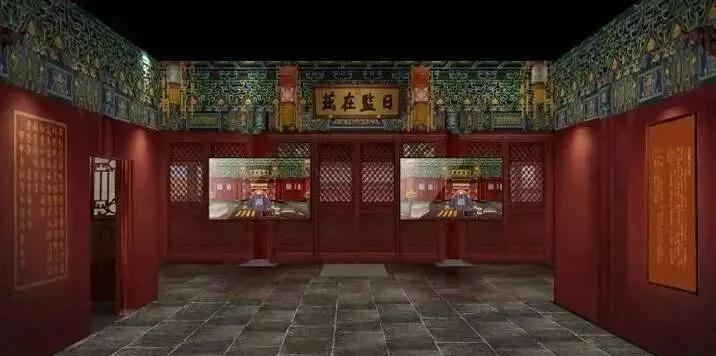
Digital exhibition of the Palace Museum
After the cultural relics are digitized, they also get higher degree of freedom due to the reuse of data, which brings more fluent knowledge structure and narrative logic. For example, when planning an exhibition, we often encounter such difficulties. Some exhibits have already been used by other exhibitions, or the same exhibit is an important link in the story chain in this unit, but the appearance in another unit indicates another problem. Which unit is better for the same exhibition? Digital technology will solve this dilemma, because the digital twins of cultural relics can be used as the "double body" of cultural relics.
Reshape online services
The time and space reuse of massive knowledge can better meet the needs of diversified and compound audience groups
The enabling potential of digital technology in online services is more prominent. More resources, information and knowledge collected and produced by the museum can be accessed online, which can facilitate more audiences to use museum resources for research and complete lifelong learning, and can learn everywhere and at any time. The vigorous development of online education during the epidemic period has also prepared more online audiences for museums. Museums are increasingly using online forms to introduce their museums and collections to their audiences, and this is a popular way. In September, the Palace Museum was broadcast live in the rain, with millions of viewers watching it online at the same time. Some popular museums have attracted as many as 3 million viewers in the "global Museum collection display online relay" launched by the National Museum.
In turn, the increase of audience also puts forward higher requirements for museums, which can be satisfied by more in-depth consideration of space-time reuse, which is closely related to the rapid expansion of audience groups and the increase of diversity. Due to the effect of increasing the number of online visitors and draining off the line, museums are bound to face the rapid diversification and recombination of audience groups. It is worth noting that in the post epidemic era, the proportion of "long tail" may be greatly increased. On the one hand, due to the consideration of safety protection during the epidemic prevention and control period, the flow of Museum head is reduced; on the other hand, during the special period of epidemic situation, more people have formed the habit of paying attention to museums and using museum resources in their spare time. Take the Palace Museum as an example. At the end of August, the number of people in the Forbidden City was 12000 a day, a sharp decrease from 80000 before the epidemic. However, the exhibition hall of sushi exhibition held at that time was crowded. It is estimated that almost one-third of the visitors to the Palace Museum came for the exhibition. The larger proportion of "long tail" also provides a stronger impetus for the diversified service of Museum layout.
Looking back on the history of museums, from individual collections to public museums, from the erudite garden which only faces the "elite" to the public museums, the audience of museums has experienced the development from single to diversified. However, with the development of information technology, especially the changes of people's lifestyle caused by the epidemic, this process has completed a "three-level jump" in a short period of time - the obvious increase of network usage during the epidemic period has made the museum audience double. Nowadays, in order to adapt to the rapid change of audience composition, museums need to use more forms to "know" the audience. With the deepening understanding of diversified audiences, the diversified services of museums will be more accurate.
When it comes to the diversified services of museums, this is not a new topic. Museums often use space design to complete the experience of "focus", or adopt the "focus" thinking to carry out public education. I am deeply impressed by the exhibition hall of "Winnie the Pooh" in the British V & a museum. The exhibition hall is very exquisite. According to the standard of age, space is divided into "nostalgic" content for adults and "fun and game" content for children. In addition to age, audience interest can also be used as a criterion. For example, the exhibitions in Nanjing Museum are usually divided into several categories, including cultural comparison exhibitions, exhibitions viewing traditional culture from a contemporary perspective, exhibitions with elements of the original palace display, and exhibitions about contemporary life, etc. different exhibitions are used to satisfy different visitors' tastes. When digital technology enables these existing "focus" service forms, the dimension of museum service will be expanded again. On the one hand, the content of the exhibition can be more abundant after adding the space-time reuse relationship. On the other hand, when the exhibition gains more freedom, it is better to use the "eight" principle to serve the core audience in the content organization.

"Winnie the Pooh" exhibition at the British V & a museum
In order to prepare for the new digital exhibition hall, I have organized in-depth communication among the core audience of some museums. These visitors may visit the major museums every week and pay close attention to the exhibition and lecture information of the museums. They are very interested in the knowledge of museums, and even have unique views on many exhibitions. But at the same time, with the increase of the museum's audience, they are more and more distressed by the noisy exhibition environment and the difficulty in seizing the lecture places. I think that the use of information technology at this time can better serve their thirst for knowledge. For example, the V & a museum has opened the collection information on the Internet, including the exhibition location and history of the collection. At the same time, the museum has set up a computer in the corner of the exhibition hall to facilitate the timely retrieval of the collection information. This is because the museum uses a lot of intensive Exhibition cabinets, which makes it difficult to arrange the exhibition label to explain the exhibits. With the help of the setting of computer self-service retrieval, if the audience is interested in an exhibit, they can use the computer provided in the exhibition hall to timely query the information of the exhibits, learn and collect information in real time. This is a very useful and effective setup for the research audience. In the future, we will make more use of the knowledge richness and space-time reusability brought by information technology to assist the diversified and compound "long tail" audience, and take care of their needs for different aspects of knowledge - from finding problems and solving problems, to building a knowledge system by using museum resources independently; starting from being interested in it, and then triggering learning and further research.
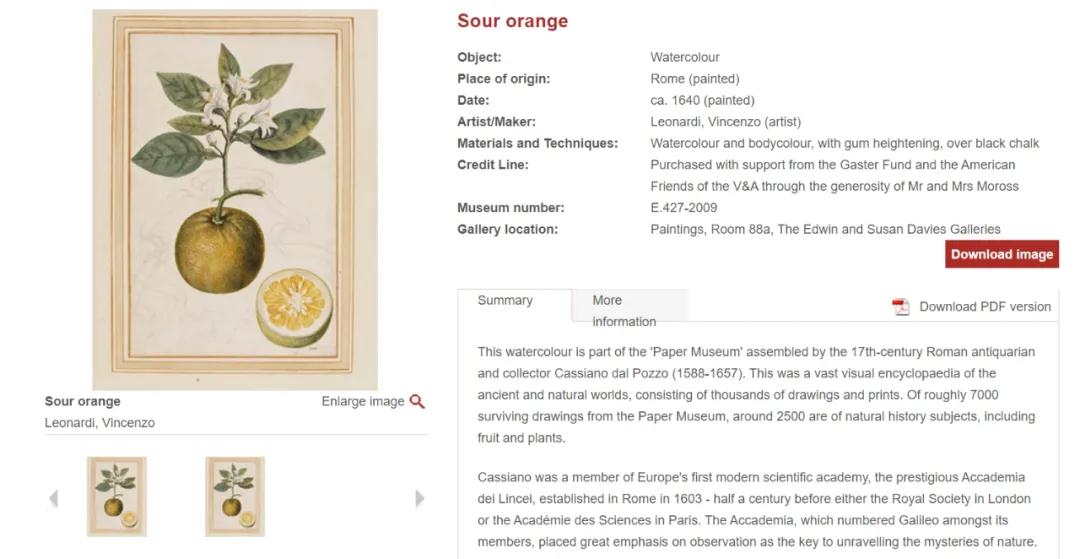
V collection information of UK & a museum
Information technology can endow the museum with huge knowledge resources, and the museum can endow more audiences with lifelong learning. This is a new form of museum service that is on the way and particularly desirable. At the same time, I think such museums will play an increasingly important role in the future society, attract more and more visitors, and become a new way of life.
2020-11-27
Editor: Pumpkin
Recommended Content
-
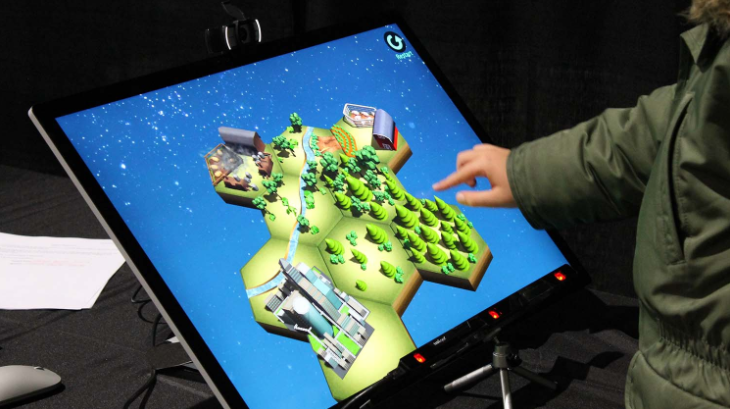
Machine learning predicts interaction time between museum visitors and exhibits
2020-12-16 13:45 -

Scientific and technological innovation promotes cultural confidence, and the 2020 collaborative platform Conference on the industrialization and application of cultural relics protection equipment was held
2020-12-16 13:59 -
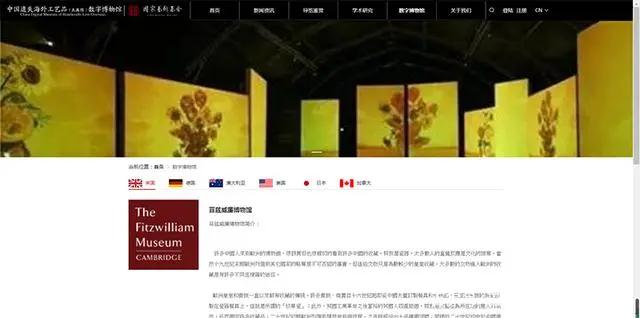
The platform construction project of Digital Museum of China's lost overseas Artworks (not displayed) will be launched soon
2020-12-16 14:03 -
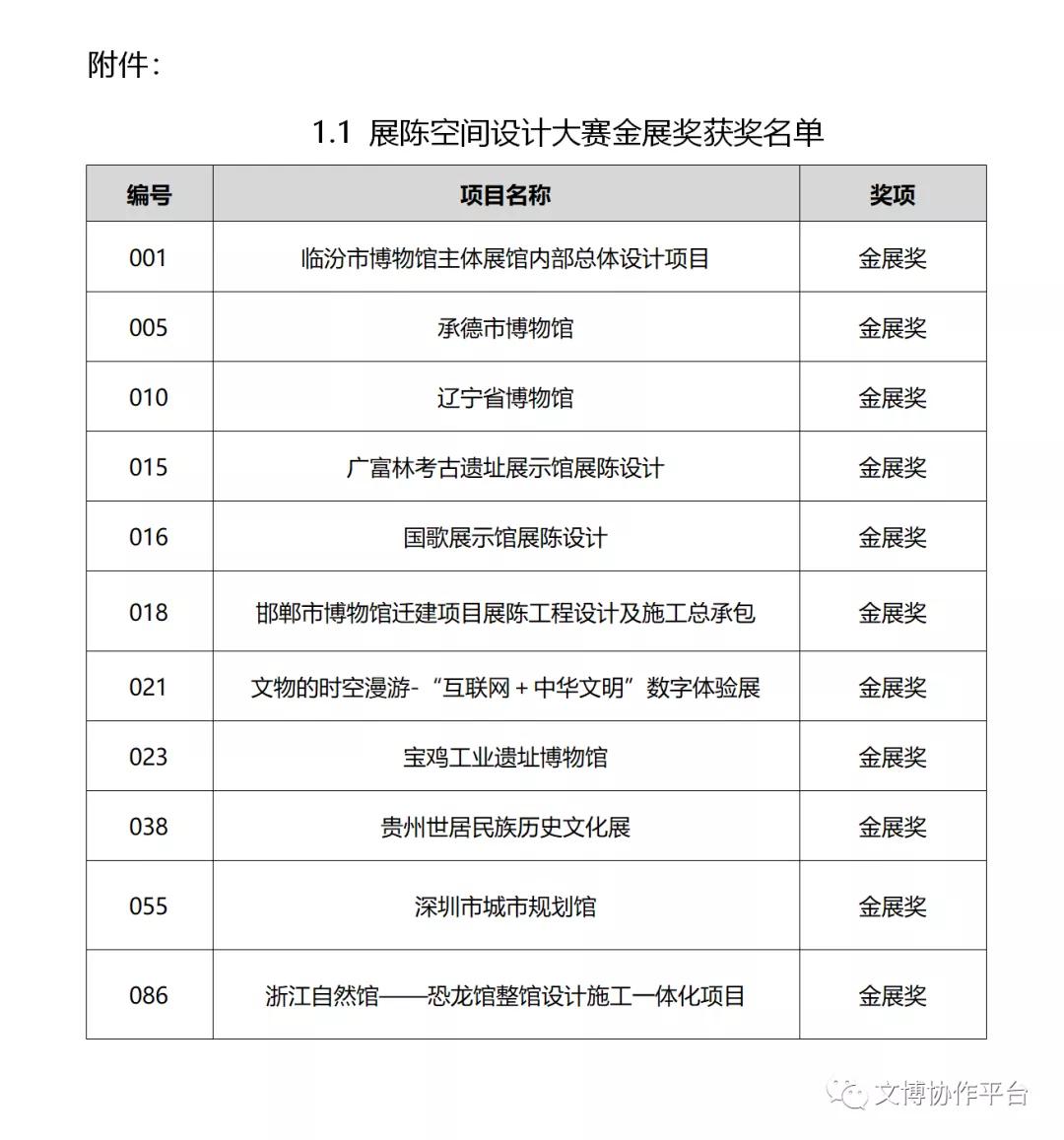
Announcement of the final evaluation results of the first China Exhibition Art and exhibition technology innovation competition
2020-12-16 14:44
News
-
Announcement of the final evaluation results of the first China Exhibition Art and exhibition technology innovation competition
-
"The oldest smiling face" in the world at the National Museum of Ukraine
-
Handling | There are more options for IP development
-
Handling | development of cultural and Museum IP: building an effective connection with the audience based on people
-
Carrying, cultural and Museum IP helps cultural relics "live"
-
The platform construction project of Digital Museum of China's lost overseas Artworks (not displayed) will be launched soon
-
Scientific and technological innovation promotes cultural confidence, and the 2020 collaborative platform Conference on the industrialization and application of cultural relics protection equipment was held
-
Machine learning predicts interaction time between museum visitors and exhibits
-
From offline to online, how can digital technology reshape museums?
-
Cultural and natural heritage day | intangible cultural heritage "in the clouds" and "show" in the studio

